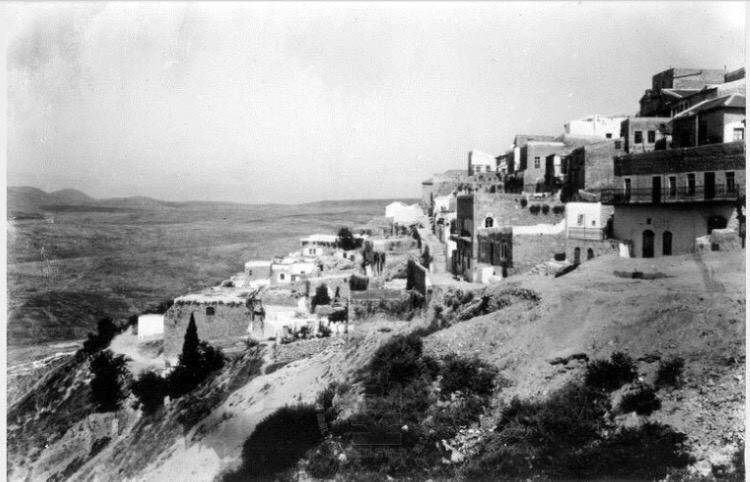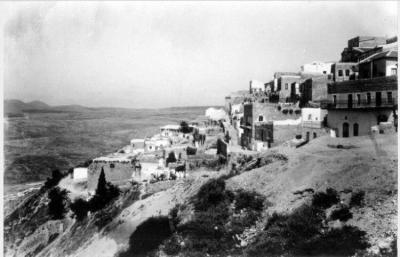On July 9, 551, Beirut experienced a major earthquake estimated to have a magnitude of between 5 to 6 on the Richter scale, resulting in the death of 30,000 people. Fortunately, this event was the last of its kind. The earthquake of 551, which occurred during the Byzantine era, leveled the city of Beirut, and it is said that its reconstruction took several decades. According to experts, such earthquakes occur once every 1,500 years. Furthermore, the earthquake on July 9, 551, triggered a landslide near the city of Batroun, and Beirut suffered a major fire that lasted for two months, according to ancient sources. This natural disaster also resulted in a massive tsunami that inflicted devastating human and material damage on several cities along the Lebanese coast from Tripoli to Tyre. The most significant damage was to Beirut, as the tsunami waves also destroyed commercial ships and boats. The seismic activity believed to have occurred that day approximately 100 kilometers from the coast caused widespread tsunami waves, with reports indicating that water receded at some coastal sites by up to 3 kilometers. The earthquake was also felt from Alexandria to Antioch and even Iraq.
Beirut lies at the boundary between the Arabian and African tectonic plates. Earthquakes occur in the region as a result of the movement and pressure from the tectonic plates extending from the Sinai Peninsula to Lebanon. Additionally, Beirut is located near the Dead Sea Fault, which extends from Turkey to East Africa. Another center of the devastating earthquake in Beirut is thought to have been off the city's coast. This assumption suggests, according to experts, that the earthquake was caused by movement along the left-lateral Roman fault in southern Lebanon. Experts have also indicated evidence that the epicenter of the earthquake was either offshore or on land but close to the sea, and at the same time, not far from Beirut. Seismology experts also point out that the tectonic plates stretching from the Sinai Peninsula to Lebanon are moving eastward towards Syria, Jordan, and Saudi Arabia. Although the strength of that earthquake is estimated at five to six degrees on the Richter scale, which, according to global classifications, is considered weak to moderate, it was devastating because its epicenter was near the surface.




